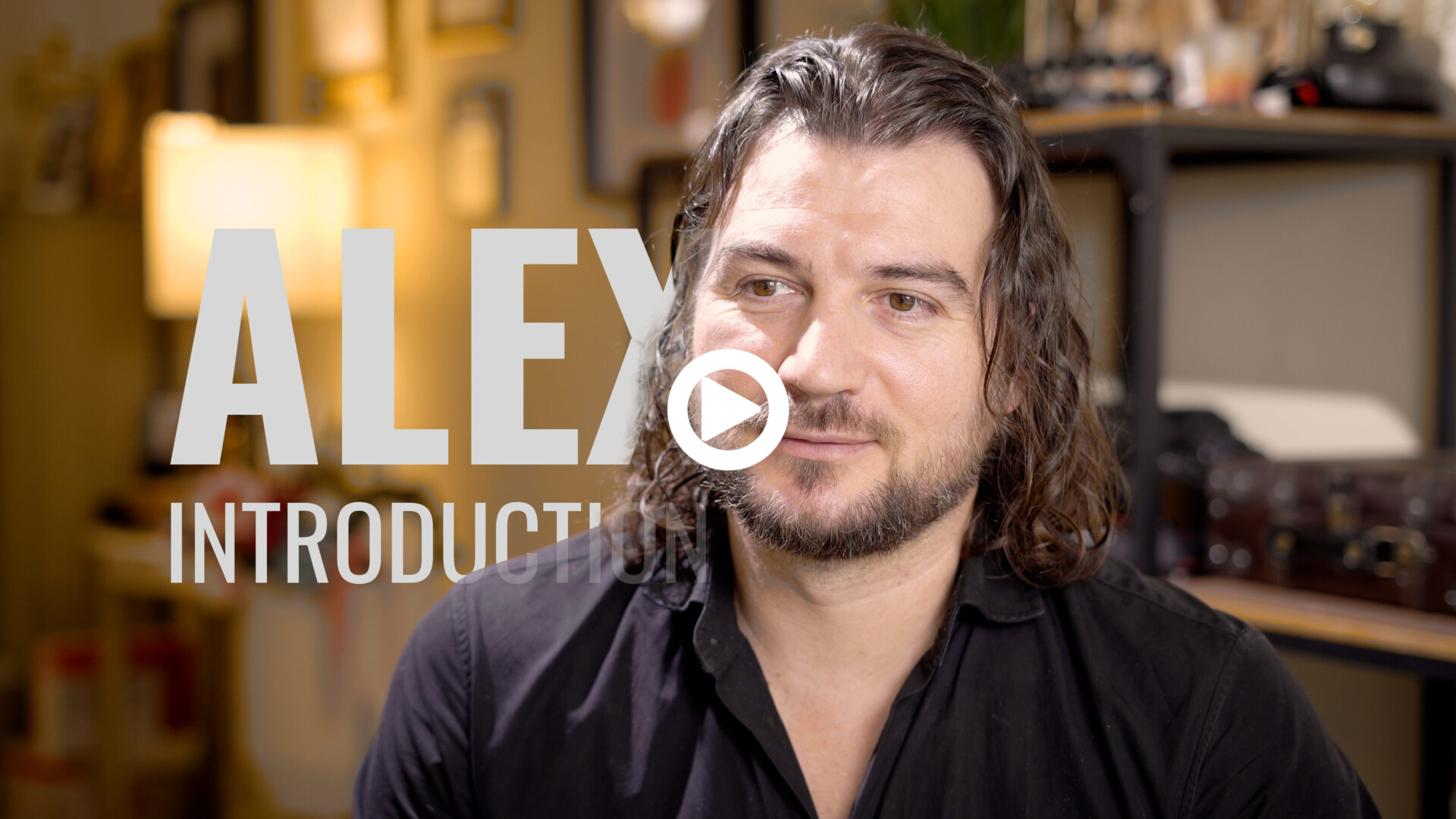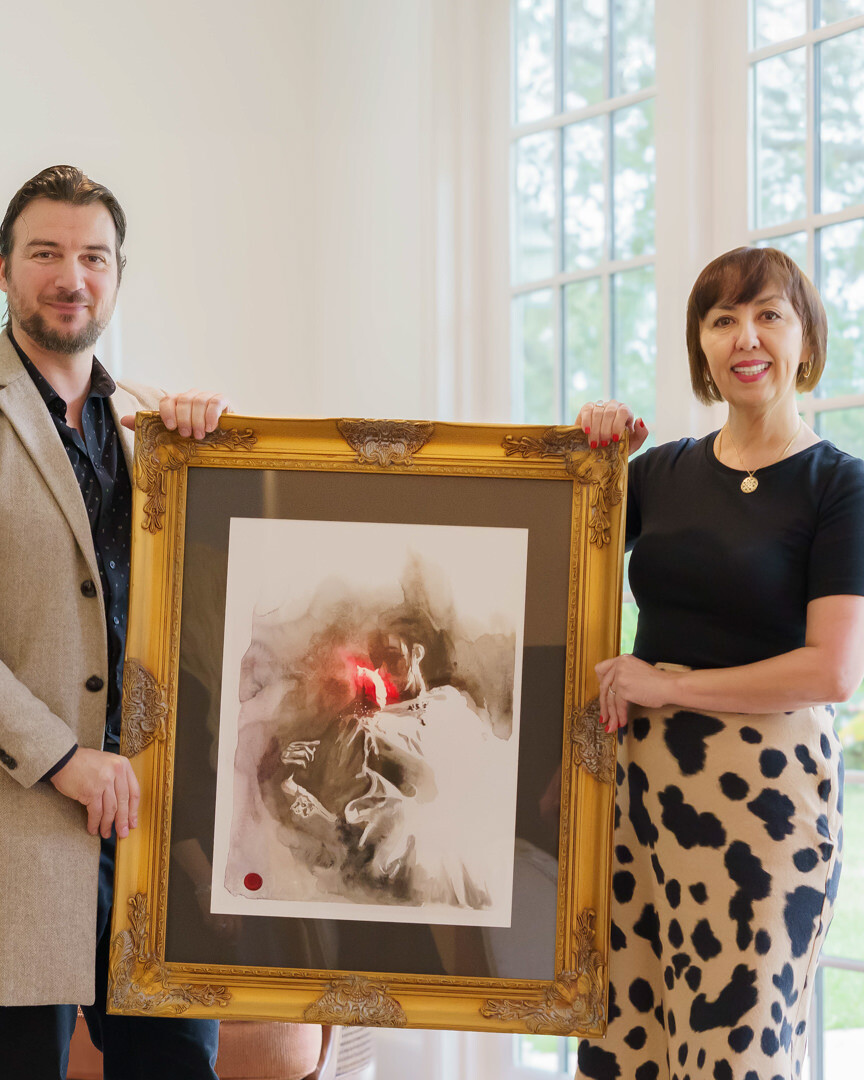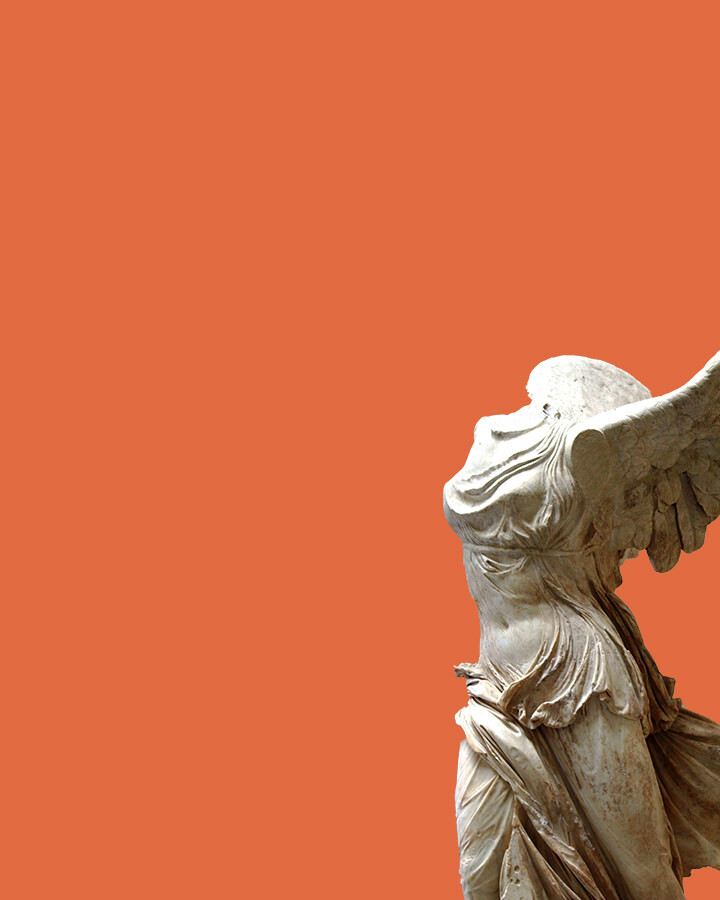Assuming you’re interested in art or art collecting, consciously choosing where to focus your attention can be helpful while you’re at an art exhibit.
Ever been to an art show and felt like nothing caught your eye? Or even worse, walked through an entire exhibition without understanding a single piece? It’s a common scenario for many, from first-time buyers to seasoned art collectors, and it brings us to a crucial question: How do you choose the right art or artist for you?
In this exploration, you’ll uncover the layers of meaning behind each piece, recognizing the power of art to evoke emotions, provoke thought, and mirror societal shifts. Whether you’re at an exhibit for the first time or a seasoned collector, this guide will illuminate how to find art that truly speaks to you, transcending the visual to touch the soul.
Collecting art: a video guide
Choosing art isn’t just about what looks good on your wall. It’s about finding a piece that speaks to you, that holds a message or story that resonates with your personal experiences or aspirations. One of my collectors express the message very well here in this video:
But how exactly do you sift through the myriad of options to find that perfect match?
- Quality of the Message: The first thing to consider is what the artwork is trying to communicate. Every piece tells a story or conveys a message, whether it’s a bold statement on society or a personal reflection from the artist. The strength and relevance of this message to you are what should draw you in.
- Entertainment Value: Just like a good movie, art should captivate you. It should make you feel something profound, challenge your perceptions, or simply provide a fresh perspective on everyday life. The entertainment value of art lies in its ability to keep you engaged, to make you want to explore it time and time again. I might be the only artist saying that. But I think that Art has to entertain to a certain degree.
- Content Affinity: This is all about how much you see yourself in the artwork. Does it reflect your values, interests, or experiences? The more you connect with the piece on a personal level, the more meaningful it becomes to you. It’s this personal connection that often separates a piece of art you like from one you absolutely need to have.
The power of Art
An important aspect of art is that it has the power to change people. In a recent article, I discussed art in terms of social change.
The artist holds great power in their hands, which is to communicate and share a message. This, even if it may not seem like it, is one of the most powerful tools existing today.
There comes a point where the artist reaches the perceptive capacity to foresee or anticipate the future. An example, widely discussed and not fully accepted by the artistic community, is Mark Wallinger’s work, ‘Threshold to the Kingdom’ (2000), showcased at the Venice Biennale in 2001, which dramatically preceded the events of September 11th.
Personally, I have tried to direct almost all of my collections towards social issues. An example is Romeo and Juliet, which talks about the growth path to be faced in order to progress in a relationship, or the Radiance collection, which addresses the allure of human beings.
The Role of Art
The landscape of modern art can be complex, especially with the dramatic shift in the role of art and artists over the centuries.
Before the 1800s, art was primarily about depicting reality or pleasing patrons. However, with the advent of photography and other technological advances, art underwent a crisis of identity, leading artists to explore more abstract and conceptual territories.
Today, the value of art often lies beyond the visible brush strokes or sculpted forms. It’s embedded in the ideas, the emotions, and the stories that the pieces represent. Understanding this can change the way you view and choose art, encouraging you to look beyond the immediate aesthetic appeal to the deeper narrative threads woven by the artist.
let me know if you find this article useful.
About the author
Alex Righetto
Alex Righetto is an Italian artist based in the US, known for his vibrant and bold paintings that reinterpret Italian and European history in a contemporary context. His work has been featured in various exhibitions and publications, including Vanity Fair and Vogue






Great article, very helpful. Thank you.
You are welcome